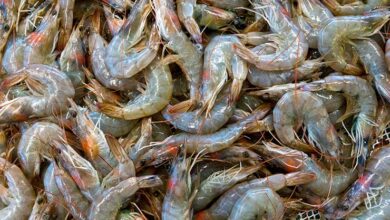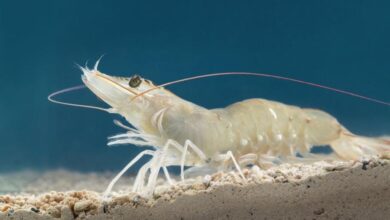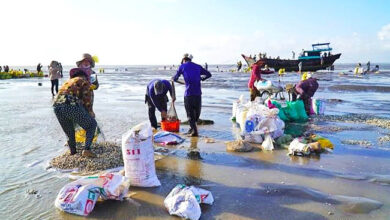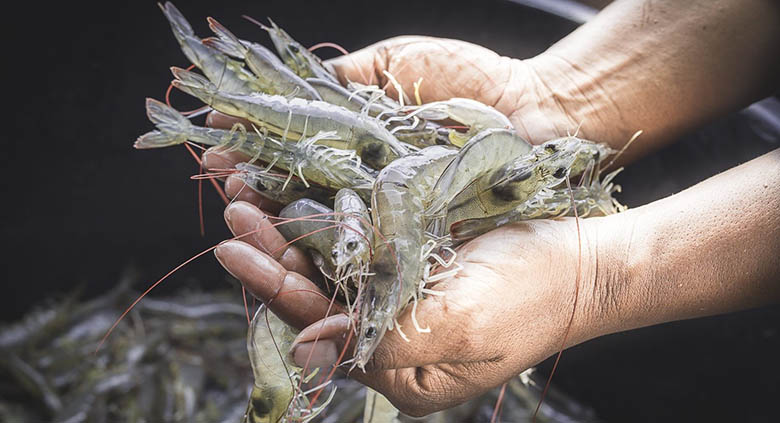
Currently, Vietnam is the world’s second-largest shrimp exporter. Globally, Vietnamese shrimp is exported to around 100 countries and territories, including Europe, the United States, Japan, China, and South Korea.
In the global shrimp export industry, Vietnamese shrimp exports hold the second position, representing 13-14 percent of total export value, according to Mr. Ngo The Anh, Director of the Aquaculture Department of the Vietnam Directorate of Fisheries under the MARD. Approximately 45 percent of the value of seafood exports comes from shrimp, equivalent to around US$3.5-4 billion annually.
In spite of this tremendous success, the Government of Vietnam is trying to increase Vietnamese shrimp markets across the globe. There are, however, some challenges facing the industry, making the task somewhat difficult.
The major constraint of increasing the market is the higher production cost compared to the low market price.
Shrimp exports have dwindled as input costs and production expenses have increased, while the selling prices have remained low, despite a successful harvest in the first six months of the year.
Various markets have seen shrimp exports decline due to an increase in production costs and a decrease in selling prices.
In comparison to last year, shrimp exports were down nearly 32 percent, with the EU market experiencing a 48 percent decline, the US market experiencing a 38 percent decline, South Korea experiencing a 28 percent decline, Japan experiencing a 29 percent decline, and China experiencing a 15 percent decline.
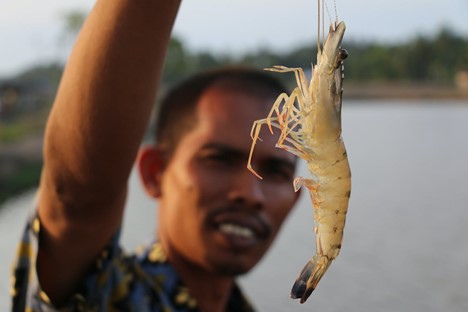
Photo: Collected
The lack of government support for farmers is another major constraint. As an example, the government does not provide enough certification for exports and imports of raw materials. Meanwhile, Ecuadorian shrimp producers have been receiving substantial government support in obtaining aquaculture certifications.
In Ca Mau Province, Minh Phu Seafood Corporation CEO Le Van Quang revealed that his company has established raw material growing zones tailored to meet the demands of specific markets like the US and EU. However, the number of areas with official certifications remains limited.
Shrimp exports to different markets are also hampered by antibiotic residue testing.
The Japanese market is one such market that tests 100% of imported shrimp shipments for antibiotic residues. Due to this, Vietnamese shrimp are forced to spend more money and time at the port, thereby decreasing their competitiveness.
However, only 20-30 percent of shrimp imported into Japan from Thailand and India are tested. Moreover, Vietnamese shrimp have experienced discrimination in the US market from 2004 to the present because of trade remedy measures involving antidumping investigations and antidumping duties.
Several measures have already been taken by the industry to increase the market across the globe.
Experts suggest that Vietnamese businesses should explore establishing supply connections for raw shrimp.
In addition to shrimp farmers’ efforts, the State must support technology applications and digital transformation and increase credit capital to reinvest in shrimp farming.
The enterprise must reduce costs, improve processing levels, diversify products, increase product quality, and find new markets. The farmers also require capital, infrastructure, seed, and market information to succeed.
Vietnam‘s trade offices should redouble their efforts to promote the image of Vietnamese shrimp and provide timely market information to the Ministry of Agriculture and Rural Development (MARD) and the Ministry of Industry and Trade (MoIT) so they can guide planting areas, processing operations, and exports.
In addition, the MoIT should promote the signing of free trade agreements, assist enterprises in harnessing their potential, and formulate adaptable solutions to technical barriers.
The formation of regions producing raw materials for processing shrimp feed, which would reduce the dependence on imported raw materials, also requires mechanisms and policies.
A target of 4.3 billion USD was set for Vietnamese shrimp exports in 2023. It is still important for the country to focus on expanding its global market despite the obstacles. That is the only way the Vietnamese industry can achieve its ambitious goals.
Jaber Bin Abdul Bari
Department of Oceanography, NSTU


